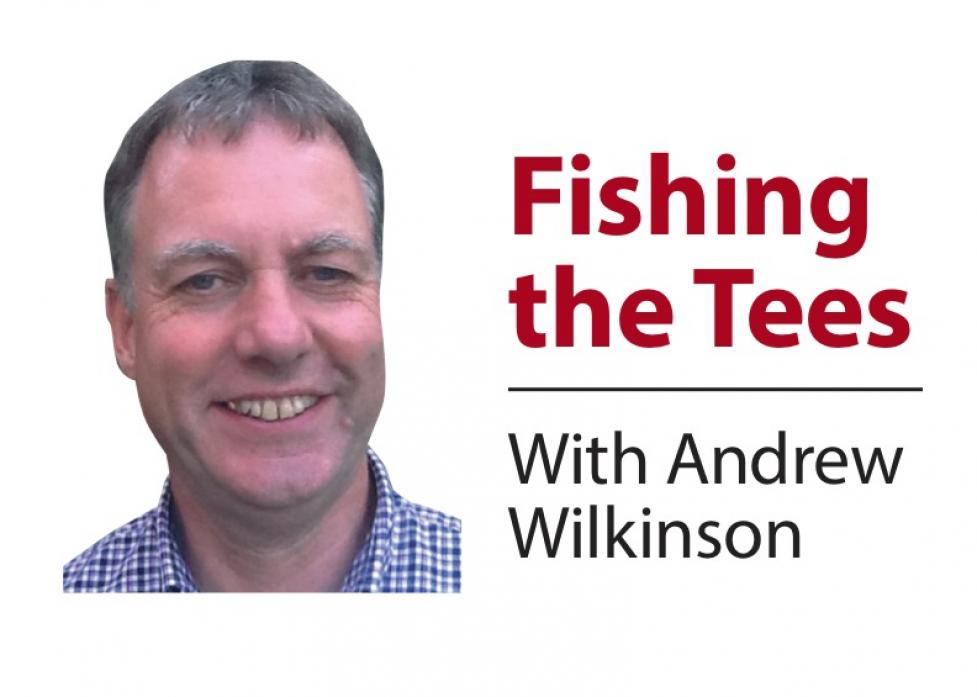
IT was the best of times, it was the worst of times, it was the age of wisdom, it was the age of foolishness.
So wrote Charles Dickens. He wasn’t referring to the River Tees – but he could have been.
Standing in the Tees, and casting across the current in the hope of a trout or grayling, I started thinking of the problems our river and its fish have endured – and survived – over the years.
In my youth, old anglers often said the Tees was not what it was. The fish and therefore fishing had deteriorated.
I’m not so sure. But there’s no doubt that there have been ups and downs.
In my 50 years of fishing the river (I’m one of the old timers now!), there have been good seasons and bad. One particularly horrendous oil pollution incident in the early 1980s that wiped out aquatic life galore, affected the river for some time.
The river is probably cleaner than it has been for hundreds of years, and yet it is, like it has been since Teesdale became populated, under threat one way or another.
A couple of hundred years ago, the river at Barnard Castle sometimes ran purple or green from the dyes used in the textile industry of the riverside mills. Wisdom in the creation of industry, foolishness in the disposal of its pollutants.
There was probably damaging run off and seepage from the years of lead mining in upper Teesdale, and there were times when the river was little more than an open sewer from human waste.
In his book Barnard Castle Historic Market Town my dad Alan recorded how, around the mid-1800s, cholera epidemics hit mainly Bridgegate, Thorngate and the Bank.
Imaging being a trout in an area where human urine was used in the tanning industry; and where dung heaps from cows, pigs and hens which were kept among the tenements, were strewn with human waste and slaughtered animal parts.
Much of it washed into the river – along with leakage from wells that were contaminated with decomposed human body parts from St Mary’s churchyard.
No wonder it caused cholera among the human population. History doesn’t record what the fish caught.
Even in my early days of fishing below the sewage works below the Demesnes, I had to remove loo roll – and some solid matter – from the fishing line. The waste had been treated, and I never suffered – nor apparently did the trout.
Such conditions are unthinkable now, as is the chemical pollution that blighted the lower river at Teesside.
No sooner had salmon returned after the major clean up, than they were faced with the then near impenetrable Tees Barrage.
Even now in Teesdale farm pollutants can be a problem at times, though chemicals are much better controlled and understood now.
These days it is the effects of climate change, the arrival of signal crayfish and cormorants that offer the main challenge to the trout survival.
Anglers help preserve the fish and habitat. We are much more environmentally aware. In my early days the Barnard Castle clubs allowed you to keep ten trout a day. And – if they caught that many – some anglers did.
Now nearly all fish are returned. It would be frowned upon to take ten a season.
The Tees Rivers Trust does a fine job protecting the river and its banks by controlling invasive plant species, improving habitat, helping aquatic and bankside life – and educating others to do the same.
And yet there is more litter along Tees Banks than there ever was in my youth. Last month I carried a bag full of empty beer bottles, discarded a mile and a half upstream, all the way back to Barnard Castle.
The gulf between the thoughtless who hinder and the thoughtful who help is as wide as ever.
And through it all the trout survive and sometimes prosper. My latest session on the Tees yielded a cracking 1lb 12oz brown trout, and a personal best sea trout of 9lb came from the River Wear at Witton.
Good water levels over the last few weeks should bring salmon and sea trout up the Tees. Let’s hope for the best of times over the rest of the season.





